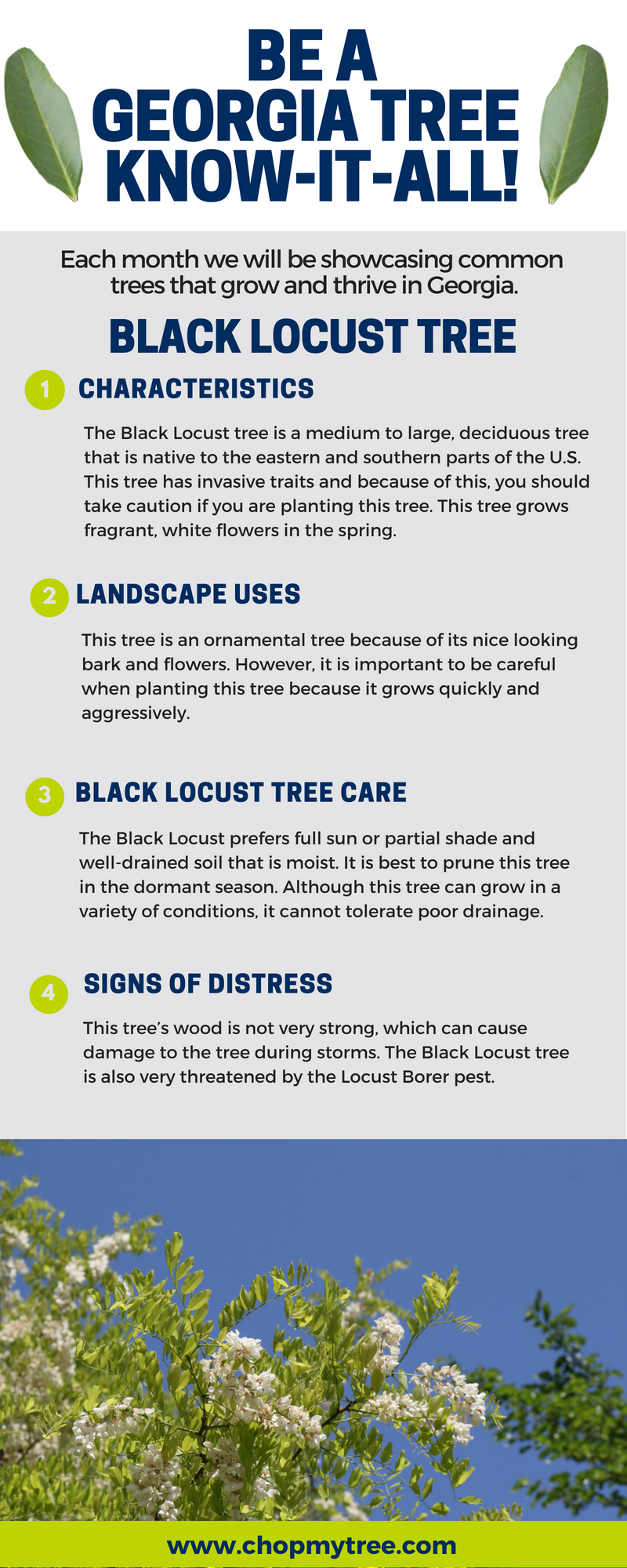Tree Removal Aftercare: Best Practices For Landscape Healing
Tree Removal Aftercare: Best Practices For Landscape Healing
Blog Article
Author-Tate Cochrane
After a tree's elimination, your landscape might look quite various, and it's important to evaluate the consequences carefully. You'll wish to examine the dirt disruption and examine bordering plants for any kind of indications of stress and anxiety. Ignoring these aspects can lead to larger problems down the line. So, what should you finish with those stumps and origins? And how do source for this article pick the very best plants for your revitalized space? Allow's discover these essential steps.
Assessing the Aftermath: Reviewing Your Landscape
After a tree removal, it's vital to examine your landscape to comprehend the effect it carries your yard.
Begin by analyzing the area where the tree stood. Search for indicators of dirt disruption, and examine the bordering plants for any type of stress and anxiety or damages.
You should additionally remember of exactly how the removal has altered sunlight direct exposure and airflow in your garden. This change can influence the growth of nearby plants, so it's necessary to assess their health.
Take into consideration the visual elements also; the elimination might produce an open space that you can revamp.
Ultimately, consider any kind of potential erosion problems that may emerge from the tree's absence. Dealing with these aspects early will aid recover balance to your landscape.
Managing Stumps and Origins: Alternatives for Removal
When you've analyzed the results of the tree elimination, you'll likely require to take on the stump and roots left.
Palm Tree Trimming Near Me have a couple of choices for removal. One reliable approach is stump grinding, where a specialist utilizes a machine to grind the stump down to below ground level. This strategy leaves minimal interruption to your landscape.
If you choose a DIY approach, you can make use of a combination of excavating and chemical stump cleaners. Simply keep in mind, this procedure can take some time and effort.
Alternatively, consider leaving the stump as an all-natural feature, which can work as a distinct yard component or environment for wild animals.
Whatever you choose, addressing the stump and origins is important for recovering your landscape.
Selecting the Right Plant Kingdoms for Your New Room
As you evaluate your recently cleared space, picking the right plants can significantly enhance your landscape's elegance and capability.
Begin by thinking about the sunshine and soil problems. For bright locations, choose drought-resistant plants like lavender or succulents. In shaded https://www.globenewswire.com/news-release/2020/10/01/2102609/0/en/Leaf-Burrito-Relocates-Factory-Creating-Jobs-During-Pandemic-Making-Safer-Landscaping-Products.html , ferns and hostas thrive well.
Think of the dimension and growth habits of your plants; mix perennials and annuals for seasonal variety. Don't neglect to integrate indigenous species; they require much less maintenance and assistance regional wild animals.
Group plants in strange numbers for a more natural look and develop layers for visual deepness.
Finally, ensure you have a mix of colors and structures to maintain your landscape lively throughout the periods.
Pleased planting!
Conclusion
Finally, restoring your landscape after tree elimination is a rewarding procedure. By examining the consequences, attending to stumps and roots, and choosing the right plants, you'll develop a thriving atmosphere. Don't forget to integrate erosion control procedures to safeguard your dirt. With a little initiative and care, you can transform your area into a lively garden that boosts your building. Embrace the chance to renew your landscape and appreciate the appeal of nature right in your backyard!
